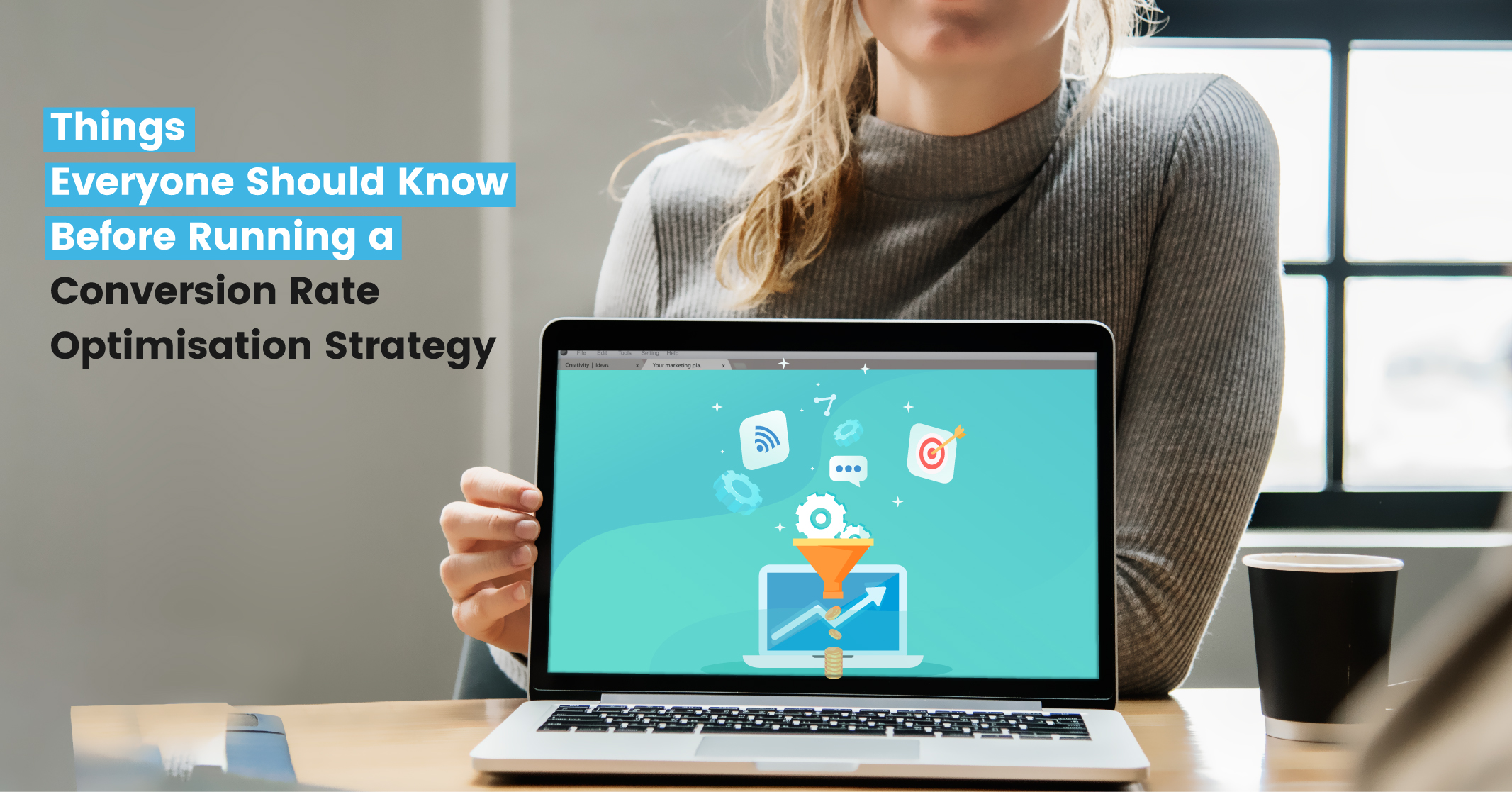I hope you enjoy reading this blog post.
If you want to get more traffic, Contact Us

Click Here - Free 30-Minute Strategy Session
Be quick! FREE spots are almost gone for this Month. Free Quote

Conversion Rate Optimisation (CRO) revolves around improving how effectively a website or app turns visitors into desired actions, such as purchases, sign-ups, or downloads. It requires analysing user behaviour, identifying bottlenecks, and implementing data-driven strategies. CRO comprises both qualitative and quantitative approaches, blending metrics like bounce rates, page visit duration, and heatmaps with direct user feedback.
Key elements of CRO include:

Click Here – Free 30-Minute Strategy Session
Be quick! FREE spots are almost gone for this Month
By focusing on these, businesses refine the user experience and generate higher conversions. Effective CRO is iterative, requiring ongoing testing and adjustments.
Creating effective calls-to-action (CTAs) requires precision and an understanding of user intent. A strong CTA is concise yet persuasive, offering clarity on what the user needs to do next. The placement of CTAs plays a crucial role; they should be prominently displayed and strategically positioned to guide users seamlessly.
A well-crafted CTA uses actionable language, such as “Get Started”, “Download Now”, or “Sign Up Free”. Designers should utilise contrasting colours to ensure visibility while maintaining harmony with the overall aesthetic.
Additionally, offering added value, like “Learn More About Premium Features” or “Get Your Free Trial”, can motivate users further.
A/B testing serves as a systematic approach to enhance conversion rates by comparing two or more variants of a webpage or element. By randomly splitting traffic into groups, businesses can identify which version performs better against specific metrics.
Key areas to test include:
To ensure reliable results:
Continuous iterations foster data-driven decisions, ultimately optimising user experience.
Landing pages serve as pivotal touchpoints for driving conversions and should be meticulously crafted to capture audience attention. To achieve maximum impact, design choices should be user-centred and visually appealing, emphasising simplicity and clarity.
Consistent testing and refinement ensure that landing pages consistently drive results.
Page load speed plays a crucial role in user experience and directly impacts conversion rates. Research shows that delays as short as a second can increase abandonment rates, particularly on mobile devices. Faster loading pages keep users engaged, encouraging them to stay and complete desired actions.
To enhance load speed:
Regular performance testing ensures any new issues are identified and addressed promptly. A well-optimised website speeds up user journeys, reducing frustration and boosting conversions.
Personalisation is a powerful tool for capturing audience attention and driving user engagement. Tailoring content based on visitor preferences, browsing history, or demographics can create a more relevant and engaging user experience. Businesses can utilise tools like dynamic content to display product recommendations, customised calls-to-action, or region-specific offers.
Key strategies include:
Employing these techniques helps nurture trust, reduce bounce rates, and maximise conversion opportunities.
Mobile responsiveness plays a critical role in improving conversion rates by ensuring seamless user experiences across devices. Websites should adapt to various screen sizes, maintaining functionality and aesthetics. Speed optimisation is vital; slow-loading pages can deter mobile users.
Key strategies include:
Prioritising mobile usability enhances engagement, building trust and increasing conversion opportunities for businesses targeting on-the-go audiences.
Optimising website navigation enhances user engagement and reduces friction during interactions. Simplicity and logical structure are crucial. Clear labelling ensures visitors find what they seek effortlessly, promoting longer sessions and reducing bounce rates. Incorporating a well-designed, hierarchical menu allows users to traverse pages intuitively, maintaining focus on the journey.
Responsive design is critical, enabling seamless browsing across devices. Including a search bar with autocomplete functionality facilitates quick access to specific content. Limiting menu items to essential categories avoids overwhelming users.
Clear call-to-action buttons within the navigation bar encourage intent-driven actions. Ensuring fast loading pages supports uninterrupted navigation experiences, fostering user satisfaction and trust.
Leveraging social proof and testimonials addresses human psychological behaviours that incline people to trust others’ experiences before making decisions. Social proof includes reviews, ratings, and real-life success stories shared by customers, which demonstrate authenticity and foster credibility. Testimonials provide more personal accounts, showing how others found value in the product or service.
Key forms of social proof to incorporate:
Providing detailed customer testimonials, paired with names, images, or timestamps, allows prospects to see genuine feedback, reassuring their decision-making process.
Understanding user behaviour is critical for optimising conversion strategies. Businesses should utilise tools like heatmaps, session recordings, and funnel analysis to identify interaction patterns. Monitoring metrics such as bounce rates, time-on-page, and clickthrough rates can reveal friction points in the customer journey.
Segmentation plays a vital role in assessing audience behaviours. Categorising users by demographics, behaviours, or device type helps uncover specific trends. Surveys and feedback forms also provide qualitative insights into user needs and expectations.
By cross-referencing data from analytics with qualitative feedback, businesses can pinpoint areas for improvement and continuously adapt their strategies to align with customer motivations and preferences.

LEAVE A REPLY